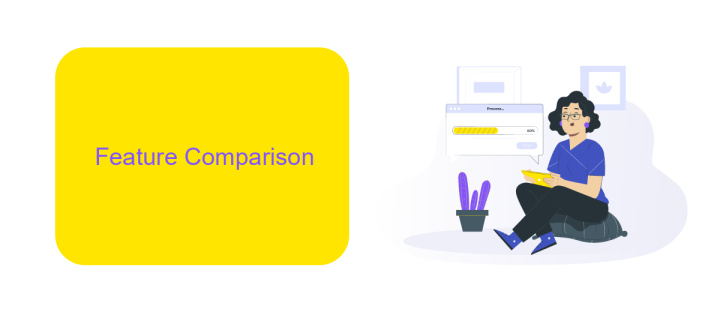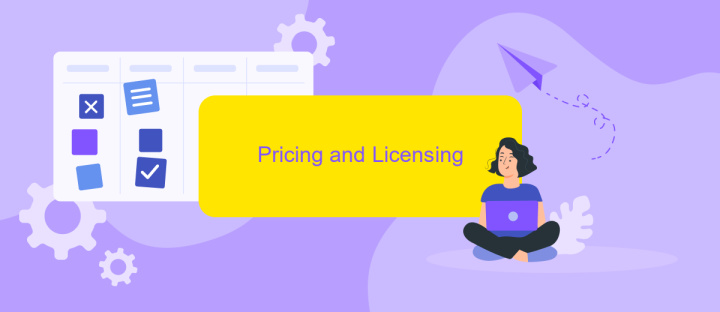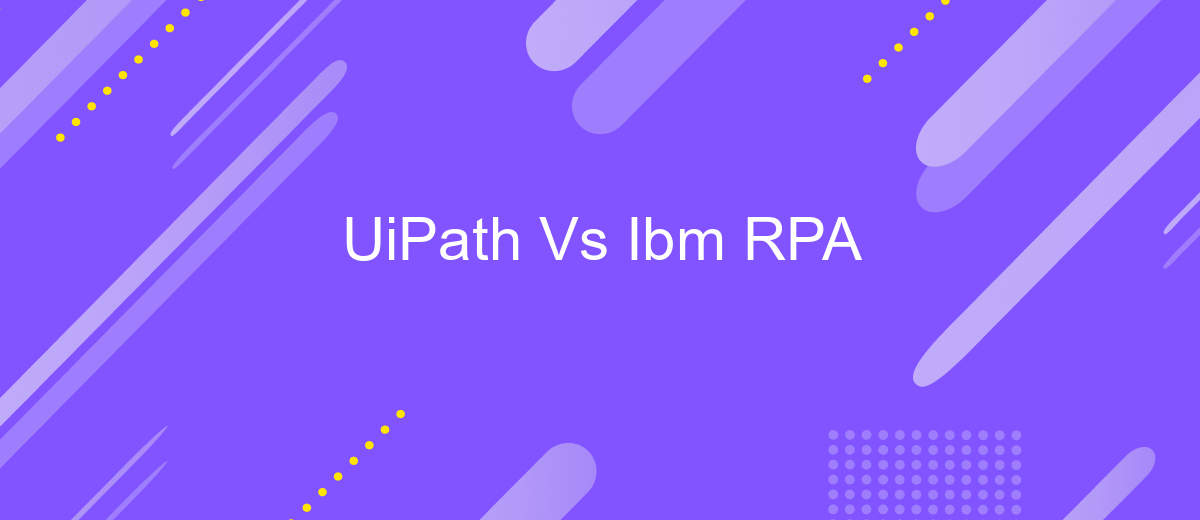UiPath Vs Ibm RPA
In the rapidly evolving world of automation, choosing the right Robotic Process Automation (RPA) tool is crucial for business efficiency. UiPath and IBM RPA are two leading platforms offering robust solutions to streamline operations. This article delves into a detailed comparison of UiPath and IBM RPA, evaluating their features, usability, and overall performance to help you make an informed decision.
Introduction
In the rapidly evolving landscape of robotic process automation (RPA), UiPath and IBM RPA have emerged as leading contenders. Both platforms offer robust solutions for automating repetitive tasks, enhancing productivity, and driving digital transformation. However, choosing between the two can be challenging, as each has its unique strengths and features.
- UiPath: Renowned for its user-friendly interface and extensive community support, UiPath is ideal for businesses seeking quick deployment and scalability.
- IBM RPA: Known for its integration capabilities with IBM's suite of products, IBM RPA is perfect for enterprises looking for deep, seamless integration with existing systems.
When it comes to integrating various applications and services, tools like ApiX-Drive can be invaluable. ApiX-Drive simplifies the process of connecting UiPath or IBM RPA with other software, ensuring smooth and efficient workflows. By leveraging such integration platforms, businesses can maximize the potential of their RPA investments, achieving greater efficiency and innovation.
Feature Comparison

When comparing UiPath and IBM RPA, one of the key differences lies in their approach to integration capabilities. UiPath offers extensive integration options with a wide range of third-party applications and services, making it highly versatile for diverse business needs. Its user-friendly interface and robust community support further enhance its appeal. IBM RPA, on the other hand, provides seamless integration with IBM's suite of enterprise solutions, which can be particularly advantageous for organizations already invested in IBM's ecosystem. This can streamline processes and reduce the complexity of managing multiple platforms.
Another significant aspect to consider is the scalability and customization offered by each platform. UiPath excels in providing customizable automation solutions that can be tailored to specific business requirements. Additionally, services like ApiX-Drive can be utilized to facilitate the integration of various APIs, enhancing UiPath's flexibility. IBM RPA also offers scalable solutions but is more rigid in customization due to its focus on enterprise-level deployments. However, it compensates with strong security features and compliance capabilities, making it a reliable choice for industries with stringent regulatory requirements.
Pricing and Licensing

When comparing UiPath and IBM RPA in terms of pricing and licensing, both platforms offer a range of options tailored to different business needs. UiPath provides a flexible pricing model with various licensing options, including a community edition for small businesses and individual developers, as well as enterprise-level plans that cater to larger organizations. IBM RPA, on the other hand, offers a more structured pricing model with predefined packages based on the number of bots and the level of support required.
- UiPath Community Edition: Free for small businesses and individual developers.
- UiPath Enterprise Edition: Custom pricing based on the number of users and bots.
- IBM RPA Starter Pack: Includes a set number of bots and basic support.
- IBM RPA Enterprise Pack: Comprehensive support and additional features for larger organizations.
Both UiPath and IBM RPA also offer integration capabilities to streamline workflows. For instance, services like ApiX-Drive can be utilized to facilitate seamless integration between various applications, enhancing the overall efficiency of the RPA solutions. Choosing the right pricing plan and leveraging integration services are crucial steps in maximizing the benefits of RPA technology.
Strengths and Weaknesses

UiPath and IBM RPA are two prominent players in the robotic process automation market, each offering unique strengths and weaknesses. UiPath is known for its user-friendly interface and extensive community support. It provides a robust platform for automating repetitive tasks with minimal coding, making it accessible to non-technical users. IBM RPA, on the other hand, excels in its integration capabilities and enterprise-level security features, catering to large organizations with complex automation needs.
One of the significant strengths of UiPath is its extensive library of pre-built automation templates and activities, which accelerates the development process. IBM RPA stands out with its powerful analytics and AI-driven insights, enabling more intelligent automation solutions. However, both platforms have their limitations. UiPath can be resource-intensive, requiring substantial computing power for large-scale deployments. IBM RPA, while powerful, may have a steeper learning curve for new users.
- UiPath: User-friendly interface, extensive community support, pre-built templates.
- IBM RPA: Strong integration capabilities, enterprise-level security, powerful analytics.
- UiPath: Resource-intensive for large deployments.
- IBM RPA: Steeper learning curve for new users.
When considering integration with other systems, services like ApiX-Drive can be beneficial. ApiX-Drive simplifies the integration process between various applications, enhancing the capabilities of both UiPath and IBM RPA. This service allows seamless data transfer and synchronization, ensuring that automated workflows run smoothly across different platforms.
Conclusion
When comparing UiPath and IBM RPA, it is clear that both platforms offer robust solutions for automating business processes. UiPath stands out for its user-friendly interface and extensive community support, making it an ideal choice for businesses looking to quickly implement RPA with minimal technical expertise. On the other hand, IBM RPA leverages its strong AI capabilities and seamless integration with other IBM products, providing a comprehensive solution for enterprises with complex automation needs.
Ultimately, the choice between UiPath and IBM RPA depends on the specific requirements of your organization. For those needing quick, straightforward automation, UiPath is a strong contender. For larger enterprises requiring advanced AI features and deep integration capabilities, IBM RPA might be more suitable. Additionally, services like ApiX-Drive can further enhance the integration process, allowing businesses to connect various systems and applications effortlessly. By carefully evaluating the strengths of each platform and considering additional integration tools, organizations can make an informed decision that best suits their automation strategy.
FAQ
What are the primary differences between UiPath and IBM RPA?
Which platform is more cost-effective for small to medium-sized businesses?
How do UiPath and IBM RPA handle integration with other systems?
What kind of support and community resources are available for UiPath and IBM RPA?
Which platform is better for scaling automation efforts across an enterprise?
Apix-Drive will help optimize business processes, save you from a lot of routine tasks and unnecessary costs for automation, attracting additional specialists. Try setting up a free test connection with ApiX-Drive and see for yourself. Now you have to think about where to invest the freed time and money!

